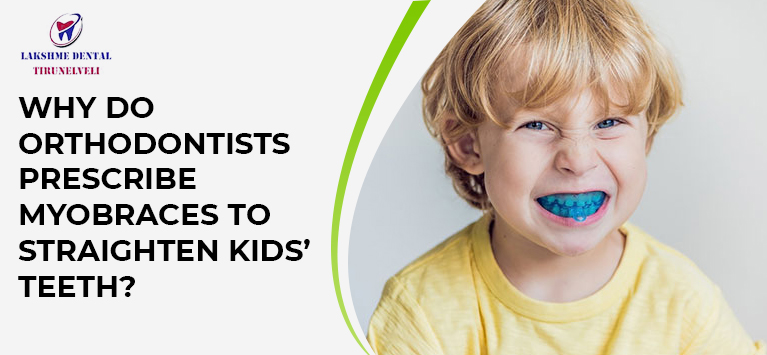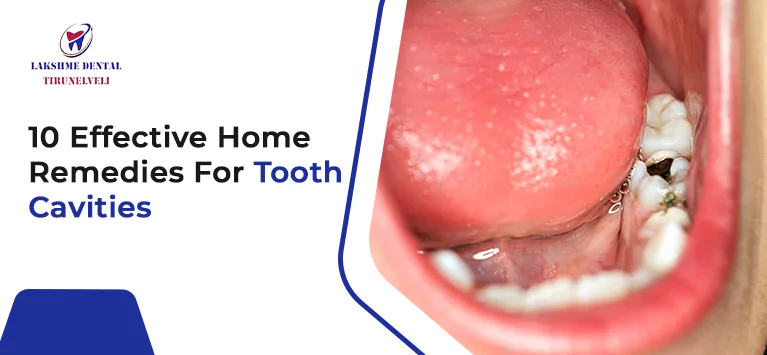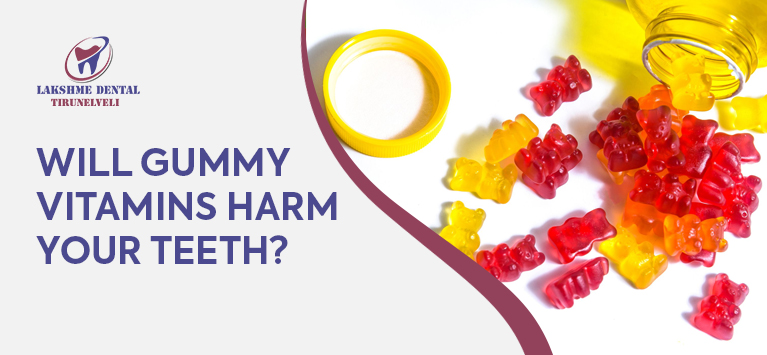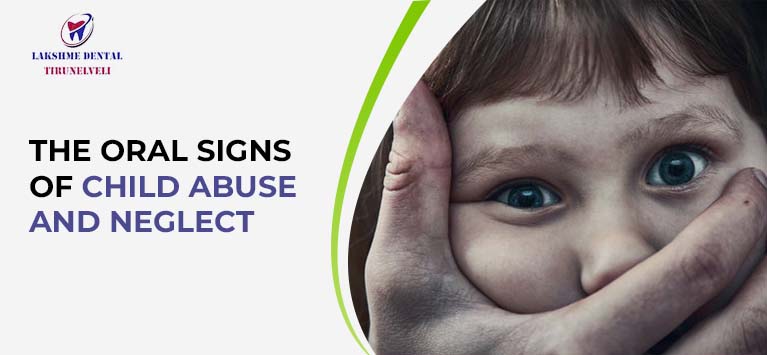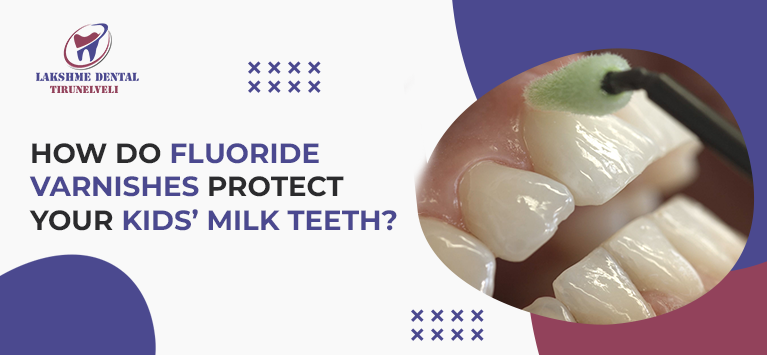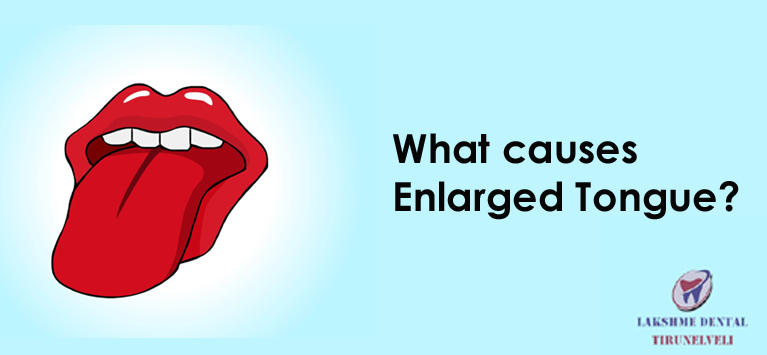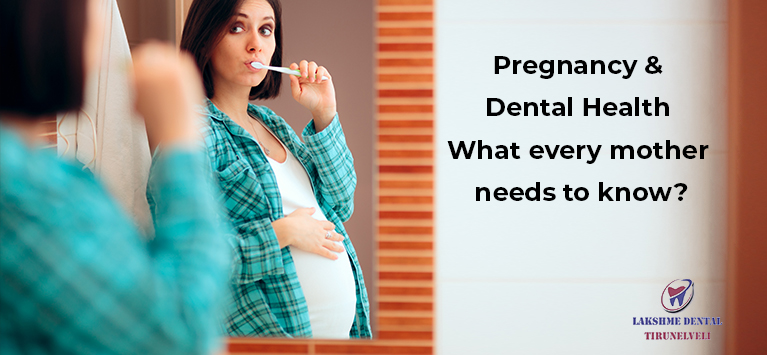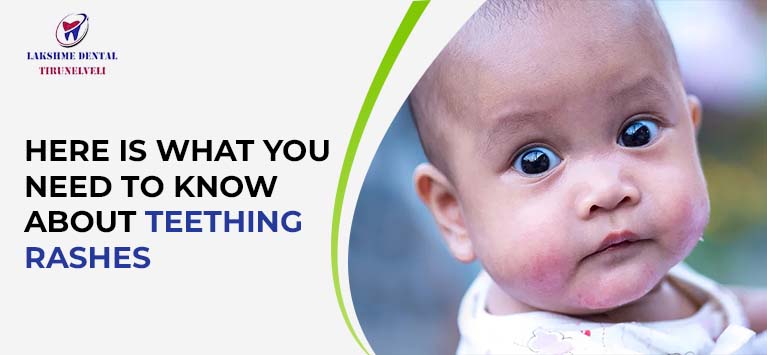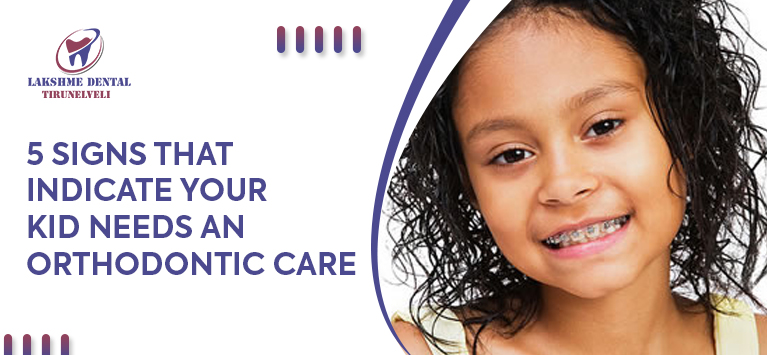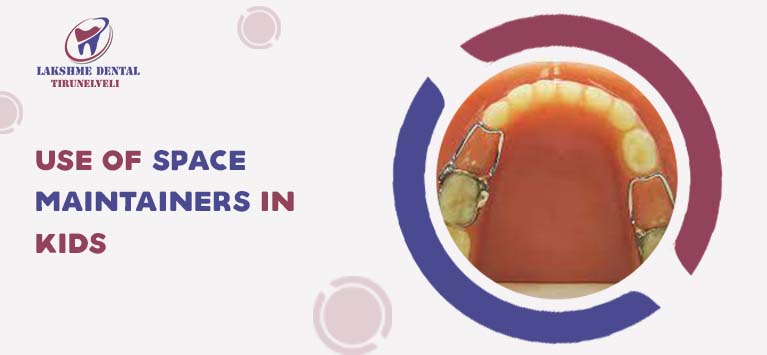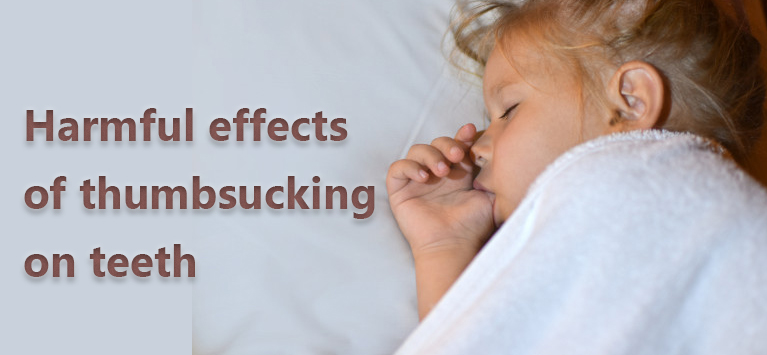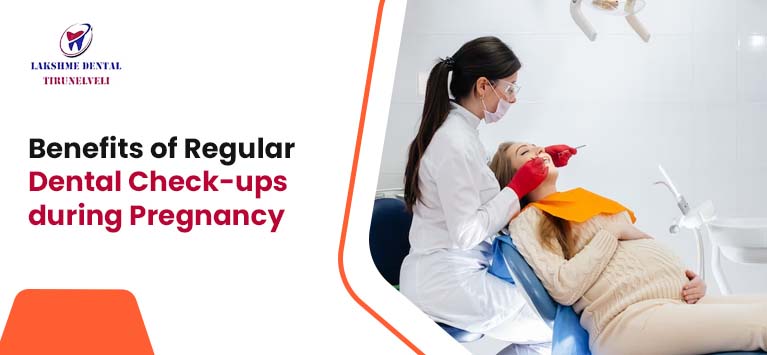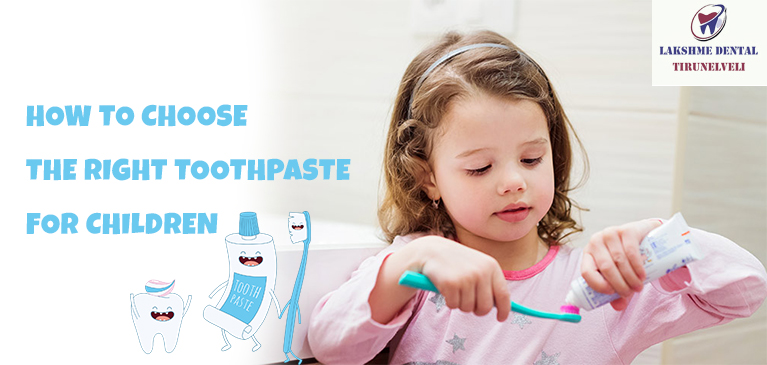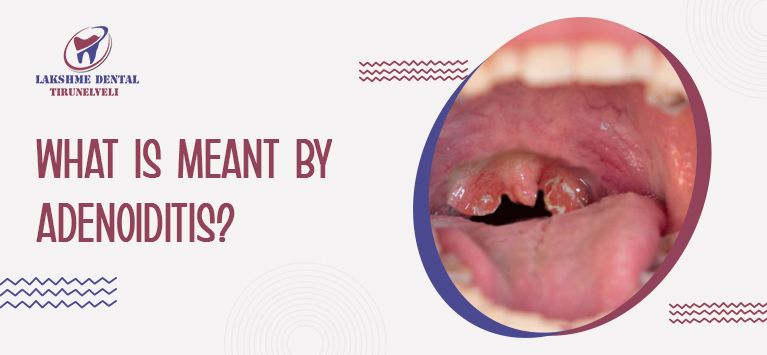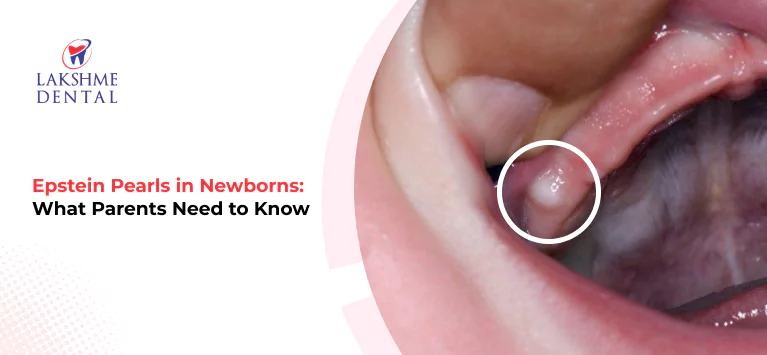
Epstein Pearls in Newborns: What Parents Need to Know
As new parents, noticing unusual spots or bumps on your newborn’s body can trigger immediate concern. One of these common yet unfamiliar findings is the appearance of Epstein pearls. While their name may sound intimidating, Epstein pearls are a natural part of many newborns’ development. In this blog, we’ll dive into what Epstein pearls are, why they occur, and most importantly, why there’s usually no need for concern.
What are Epstein Pearls?
Epstein pearls are small, white, or yellowish cysts that typically appear on the gums or roof of a newborn’s mouth (the palate). They are named after Alois Epstein, the pediatrician who first described them in the late 19th century.
These tiny, pearly bumps might look alarming, but they are harmless and usually disappear within a few weeks of birth. The cysts comprise trapped keratin, a protein found in the skin, nails, and hair, which builds up and forms these temporary little spots.
How Common are Epstein Pearls?
Epstein pearls are common, appearing in up to 80% of newborns. Many parents might only notice them if specifically looking inside their baby’s mouth. They can be found more often on the roof of the mouth, but sometimes, they also appear along the gums.
Because they tend to resolve on their own, some parents may never realize their baby had Epstein pearls.
What Causes Epstein Pearls?
The exact cause of Epstein pearls is related to the development of the baby’s mouth while in the womb. As the baby’s oral tissues develop, some cells get trapped in tiny pockets, which later fill with keratin, forming these white-to-yellowish cysts. This is an entirely natural process and not a result of any external factor, illness, or genetic abnormality.
It’s also important to note that Epstein pearls have no connection to teething, infections, or oral diseases. They are simply a typical, temporary feature of many newborns.
Should You Be Concerned?
For most parents, seeing Epstein pearls is only concerning because it’s unfamiliar. Rest assured that Epstein pearls are benign, meaning they do not cause any harm to your baby. They are not painful and won’t interfere with your baby’s ability to eat or drink.
Here’s why you shouldn’t worry:
No Pain: Epstein pearls do not cause discomfort to your baby. While they might look like pimples or bumps, they are completely painless.
Self-Limiting: Epstein pearls typically disappear on their own within the first few weeks or months of life. No treatment is necessary.
No Long-Term Effects: There are no lasting effects or health issues associated with Epstein pearls. Once they disappear, they leave no traces behind.
What Do Epstein Pearls Look Like?
Epstein pearls are usually less than a few millimeters in diameter and have a white or yellowish color, resembling small pearls or tiny pimples. Unlike other oral conditions, they are firm to the touch but not inflamed. The most common places you’ll find Epstein pearls are:
Roof of the mouth: The hard palate is a typical location.
Gums: Sometimes, they are mistaken for early signs of teething.
They are distinct from other oral conditions like thrush, which presents as a white, cottage cheese-like coating, or teething bumps, which are softer and closer to the surface of the gums.
How are Epstein Pearls Diagnosed?
Epstein pearls are often diagnosed during a routine physical examination by your pediatric dentist shortly after birth. Many doctors are familiar with their appearance and will assure you of their harmless nature without additional tests.
There’s usually no need for medical intervention unless there’s suspicion of another condition, such as thrush or an oral infection. In rare cases, if the bumps don’t resolve within a few months or seem to be growing or changing, your doctor might check for other possibilities.
How Can You Care for Your Baby?
Since Epstein pearls don’t cause any pain or problems, no specific care is required. Here are a few simple tips to keep your baby comfortable and maintain good oral hygiene:
Gentle Cleaning: Even though your baby doesn’t have teeth yet, you can gently clean their gums using a soft, damp cloth or a clean piece of gauze. This can also help keep the area clean and free of bacteria.
Avoid Scratching: It might be tempting to try and pop or scrape away the bumps, but this is unnecessary and could irritate the delicate tissue in your baby’s mouth. Leave them alone, and they will resolve naturally.
Keep an Eye Out: While Epstein pearls are harmless, monitoring any changes in your baby’s mouth is always good. If the cysts don’t fade away after a few months or seem to worsen, you can bring them up during your next dental visit for peace of mind.
When Should You See a Doctor?
While Epstein pearls don’t usually require medical attention, you might want to consult your doctor if:
- The cysts haven’t disappeared by 3-4 months of age.
- You notice any changes in their appearance, such as swelling or redness.
- Your baby seems in pain or has trouble feeding, which is uncommon with Epstein pearls.
- There’s a presence of other unusual symptoms, like a fever or rash.
In these cases, your doctor can examine your baby’s mouth and rule out other conditions.
Final Thoughts
As a new parent, worrying about every little thing concerning your newborn is natural. Epstein pearls may look concerning initially, but they are a regular, benign part of many babies’ early days. They won’t hurt your baby and will typically resolve on their own without any need for treatment. The best action is to enjoy these precious early moments with your newborn, knowing that Epstein pearls are just a temporary blip in their healthy development. Contact your pediatrician or dentist for reassurance if you have any further concerns.

